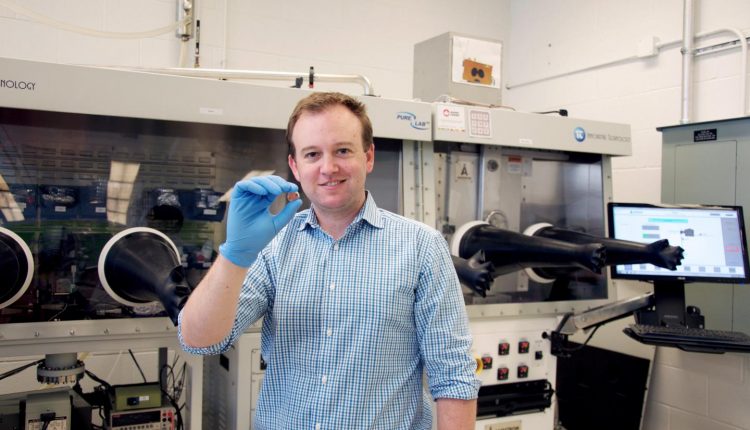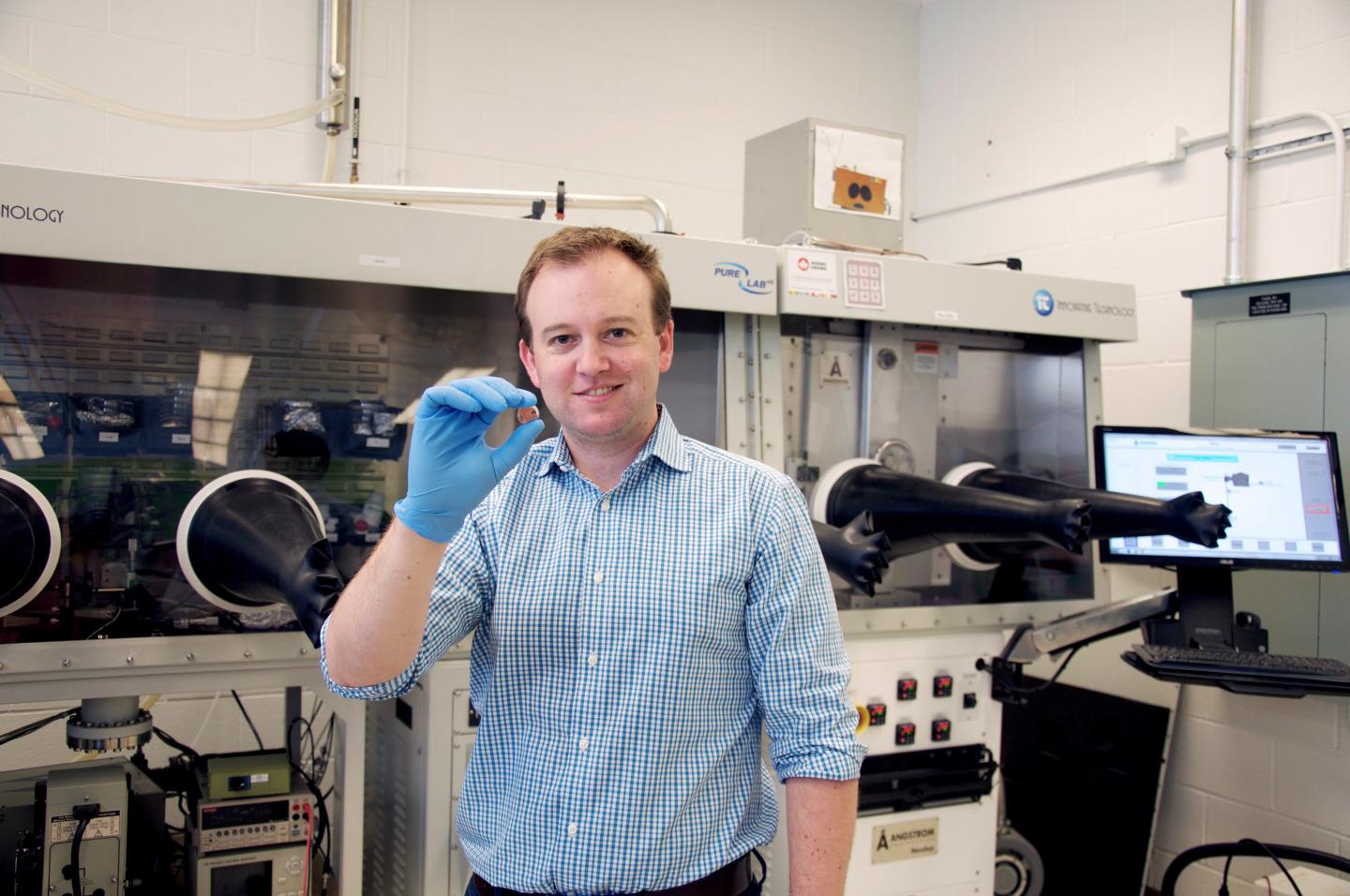
Scientists and engineers have long been looking for a more natural way to create batteries, and they have just stumbled upon something.
A team of University of Toronto chemists has just developed a battery that stores energy in a biologically derived unit, which could lead to less expensive consumer electronics that are better for the environment.
The battery is similar to a lot of the high-energy lithium-ion batteries on the market today. The only difference is that it uses flavin from vitamin B2 as the cathode: the part that stores the electricity that is released when connected to a device.

“We’ve been looking to nature for a while to find complex molecules for use in a number of consumer electronics applications,” said Dwight Seferos, an associate professor in U of T’s Department of Chemistry and Canada Research Chair in Polymer Nanotechnology.
“When you take something made by nature that is already complex, you end up spending less time making new material,” he added.
Modern batteries contain a positive terminal, a negative terminal, and an electrolyte solution.
When a battery is connected to any electronic device that requires power, electrons flow from the anode – the negatively charged electrode of the device supplying current – to the device, then into the cathode. The ions also migrate through the electrolyte solution to balance the charge. When the device is connected to a charger, this process happens in reverse.
The reaction in the anode creates electrons and the reaction in the cathode absorbs them when discharging. The result of this is electricity. The battery will continue to produce electricity until one or both of the electrodes run out of the substances necessary for these reactions to take place.
The vitamin battery is not the first bio-derived battery ever created , but it is the first one that uses bio-derived polymers, or long-chain molecules, for one of the electrodes, to allow for battery energy to be stored in a vitamin-created plastic, instead of harmful metals like cobalt.
“Getting the right material evolved over time and definitely took some test reactions,” said Tyler Schon, co-author of the paper and doctoral student. “In a lot of ways, it looked like this could have failed. It definitely took a lot of perseverance.”,
The team stumbled upon the material while testing different kinds of long-chain polymers, specifically pendant group polymers: the molecules attached to a backbone chain of a long molecule.
The material is created from vitamin B2 that originates in genetically-modified fungi using a semi-synthetic process to prepare the polymer by linking two flavin units to a long-chain molecule backbone.
This creates a green battery with high capacity and high voltage, a battery characteristic that is becoming more and more important as the Internet of Things grows and consumes more of our battery-powered portable devices.
“It’s a pretty safe, natural compound,” said Seferos. “If you wanted to, you could actually eat the source material it comes from.”
B2 can also be reduced and oxidized, which makes its a good fit for a lithium ion battery.
“B2 can accept up to two electrons at a time,” said Seferos. “This makes it easy to take multiple charges and have a high capacity compared to a lot of other available molecules.”
The team is currently looking to design new variants that can be recharged over and over again.
The current prototype is on the same scale of a hearing aid battery, but the researchers are hopeful that the breakthrough could lead to more powerful, thin, flexible, and even transparent metal-free batteries for next-generation electronics.

Comments are closed, but trackbacks and pingbacks are open.